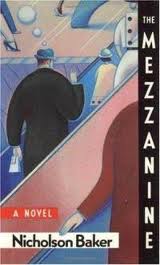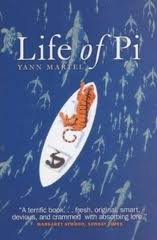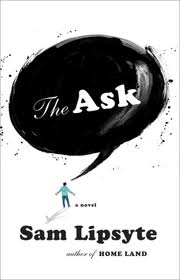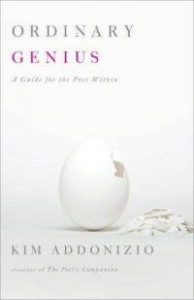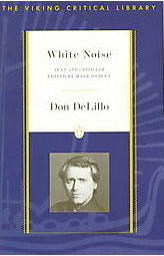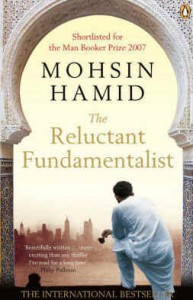 Otsuka, Julie, (2011). The Buddha in the Attic. New York: Random/Anchor.
Otsuka, Julie, (2011). The Buddha in the Attic. New York: Random/Anchor.
This short (129 page) prose-poem addresses the lives of Japanese women who came to San Francisco in the early 1900’s as mail-order brides for Japanese laborers already there. The women were young, naïve, and gullible, having believed they were to be married to bankers and ranchers, only to find, upon their arrival, that they had been sold to crude day laborers. Their tribulations are described in first-person-plural, the voice of a collective consciousness, making a sort of group memoir. We did this, we did that, some of us did some other thing.
The list of chapter titles (there is no Table of Contents), outlines the content of the memoir:
- Come, Japanese! [Squalor and anxiety on the boat coming over.]
- First Night [The horror of having sex with their new husbands.]
- Whites [Working for whites as field labor in California, feeling alien.]
- Babies [Babies are born, often in fields, always in squalor, never in hospital.]
- Children [Americanized children reject the traditional values of their parents.]
- Traitors [News of WW II, disappearances of neighbors, rumors of internment.]
- Last Day [Japanese-Americans are evacuated to concentration camps.]
- Disappearance [Shift in POV to an omniscient narrator: Japanese are all gone.]
My bracketed summaries of each chapter are reductive, but they give some sense of what the book is about. The “group memoir” POV humanizes the immigration experience, although there are no individual characters, only descriptions of the collective experience.
The structure of the narrative is lists, an approach similar to Tim O’Brien’s classic story, The Things They Carried. The lists are populated with poignantly evocative detail, perfectly observed. Within and between lists are occasional italicized comments, presumably made by some member of the community, which characterizes the group’s experience. “My husband was a gambler who left me with only forty-five cents.” The cumulative effect is to convey the sense of struggle, a sense of difficult lives lived, from a female point of view.
The list format makes the narrative read like a poem, with each list entry carrying more meaning than any objectively described scene would. The language supports that poetic mood. For example, every paragraph in the first chapter begins with a similar phrase: “On the boat we were mostly virgins.” “On the boat, we slept down below…” “Some of us on the boat were from Kyoto…” The pattern can become Dr. Seussian, but it’s a nice way to set the book’s tone in the first chapter.
My specific dissatisfactions with the book are three. First, the group memoir in list format, while an interesting, innovative narrative voice and style, quickly wears thin. Even at 129 pages, I found myself skimming. I longed for characters, scenes, and dialog. There is a reason why writing teachers admonish us to “show, don’t tell.”
Second, The story itself is not new. It adds no historical information or insight, and has no evaluative point of view on the events. It falls into a category I call the “Ain’t it awful” story. Yes, the hardships were hard, the injustices unjust. But since they were not connected to any characters the reader is invested in, one feels cruelly distanced from it all.
Third, there is a curious omission of context when members of the community are rounded up and moved to the concentration camps in Idaho, Nevada, and so on. I expected the narrator to offer reflections from the immigrant group’s POV. The community is characterized in the first two-thirds of the book as a tight collective consciousness, almost a group-mind. Yet when Pearl Harbor is bombed, there is no reaction in the community. Mainstream newspapers are quoted calling the aggressors “the enemy,” but the immigrant group-mind offers no comment about its own reaction. Instead, group members are characterized as uncomprehending, child-like victims with no context for what is happening to them. This approach struck me as disingenuous and inconsistent with what had gone before.
Despite these complaints, the book is gracefully written, and despite its overt sentimentality, or maybe because of that, it will be an excellent assignment for high school students to learn about this shameful Japanese internment episode in U.S. history, but for anyone who knows the history, the book will be only mildly interesting.



